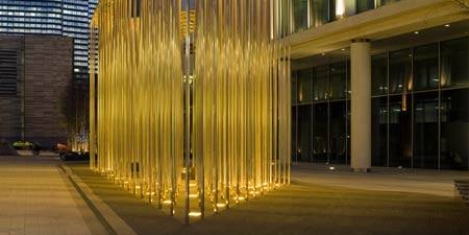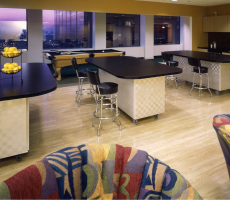April 24, 2015
Facebook nearly doubles the size of its London headquarters 0
 Facebook has nearly doubled the size of its UK headquarters on Euston Road in Central London, according to property owner British Land. The firm has signed a deal with the landlord that will see it add 66,000 sq ft to its existing 87,000 sq ft office. Facebook will occupy the fifth floor of the Regent’s Place building, as well as floors nine to sixteen and some shared space on the ground floor. The company has recently relocated from a 36,000 sq ft office in Covent Garden. Facebook is one of several global tech giants migrating to the area around Euston and Kings Cross which is in the midst of a multibillion redevelopment. The most high profile new resident is Google which is building a giant new headquarters building in King’s Cross. Other organisations in the area, which has been dubbed the Knowledge Quarter, include UCL, the Guardian and the government’s Digital Catapult Centre.
Facebook has nearly doubled the size of its UK headquarters on Euston Road in Central London, according to property owner British Land. The firm has signed a deal with the landlord that will see it add 66,000 sq ft to its existing 87,000 sq ft office. Facebook will occupy the fifth floor of the Regent’s Place building, as well as floors nine to sixteen and some shared space on the ground floor. The company has recently relocated from a 36,000 sq ft office in Covent Garden. Facebook is one of several global tech giants migrating to the area around Euston and Kings Cross which is in the midst of a multibillion redevelopment. The most high profile new resident is Google which is building a giant new headquarters building in King’s Cross. Other organisations in the area, which has been dubbed the Knowledge Quarter, include UCL, the Guardian and the government’s Digital Catapult Centre.


























April 30, 2015
Three workplace issues that could help to shape the general election 0
by Mark Eltringham • Comment, Flexible working, Legal news, Technology
(more…)